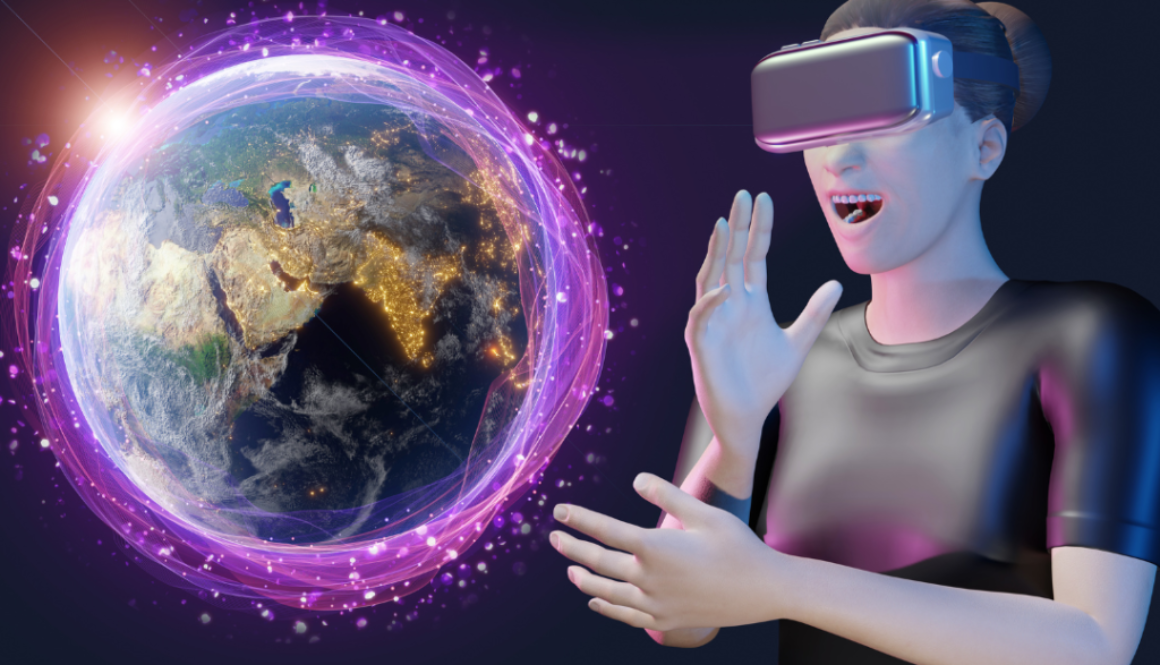Phygital: The Perfect Fusion of Physical and Digital Experiences
Welcome to the future, where your offline and online worlds collide seamlessly. Ever scanned a QR code in a store for a virtual tour? Or tried on clothes using AR before actually buying them? That’s phygital in action. Let’s unpack this buzzword that’s redefining how we shop, interact, and live.
What Does Phygital Mean?
Understanding the Phygital Concept
Phygital, as it sounds, is a mashup of two words: physical and digital. It’s not just a trend, it’s a strategy that blends the tactile, real-world experience with the convenience and speed of digital tech.
Why the Word ‘Phygital’?
Think of it like peanut butter and jelly. Alone, they’re good. Together? Amazing. That’s what phygital does. It takes the strengths of both the physical (trust, tangibility) and digital (speed, data) and merges them into one cohesive experience.
What is the Origin of Phygital?
The term was first coined in the early 2010s (2007 to be precise), initially in marketing circles. Brands started realizing customers don’t want to choose between shopping online and visiting a store—they want both. And so the phygital revolution was born.
The Rise of Phygital in the Modern World
The Impact of the Pandemic
The COVID-19 pandemic forced us all indoors. Businesses had to innovate fast. Suddenly, everything from groceries to yoga went phygital. It wasn’t a luxury anymore, it became a survival tactic.
Tech Evolution Driving Phygital Experiences
From NFC chips and AR apps to IoT and AI, tech is the backbone of the phygital shift. As these tools become more accessible, expect phygital to pop up everywhere—from malls to museums.
Phygital Platforms
In-Store Experience Tech
Retailers now use smart mirrors, beacon tech, and RFID scanners to enhance the customer journey. You might walk into a store and get personalized suggestions on a screen powered by your digital profile.
Online-to-Offline Integration Tools
Click-and-collect, mobile wallets, geo-fencing—all these tools make the digital-to-physical leap seamless and user-friendly.
AR/VR Interfaces
Imagine trying on a pair of sneakers virtually or walking through your new home via VR before it’s even built. That’s the AR/VR-driven phygital layer transforming customer expectations.
What is an Example of a Phygital?
Retail: The Phygital Pioneers
Nike’s flagship stores are a goldmine of phygital genius. You scan a product, get a review, choose a size, and a staff member brings it to you—all while your app syncs up with your in-store visit.
Events and Exhibitions
Hybrid events with both in-person and virtual components are now the norm. Attendees interact with digital kiosks, scan QR codes for resources, or attend from home in VR setups.
Smart Homes and IoT Devices
Your voice assistant syncing with your thermostat and lights? Classic phygital. It’s where physical devices interact in real time with your digital commands.
What are Phygital Products?
Interactive Packaging
Open a cereal box, scan the QR code, and unlock a game for your kid. Smart packaging is a booming phygital trend.
Wearables with App Integration
From smartwatches that track your heartbeat to fitness bands that suggest workouts via an app—these are phygital products in your daily life.
Why is Phygital Important?
Elevating Customer Experience
A phygital approach doesn’t just sell—it immerses. Brands can now emotionally connect by offering convenience, personalization, and tangible value all in one go.
Bridging the Physical-Digital Gap
Customers no longer think in silos. For them, there’s no “online” or “offline”—just “experience.” Phygital ensures brands meet them where they are, on any platform.
Industries That Can Capitalize on Phygital
Retail and E-commerce
Think pop-up stores with AR mirrors, online checkout in physical stores, and personalized deals through apps.
Real Estate and Architecture
Virtual tours, 3D floor plans, AR-fueled model homes—real estate is getting a full-blown phygital facelift.
Healthcare and Wellness
Phygital clinics allow patients to consult online, then visit for tests. Smart wearables send real-time data to doctors, enabling proactive care.
Education and EdTech
Blended learning is the new norm. Physical classrooms with smart boards sync up with digital lesson plans and homework portals.
Financial Services
Banks now let you schedule appointments online, use virtual assistants, and even sign documents with biometric verification—all in tandem with branch visits.
Challenges of Phygital Adoption
Tech Barriers and Cost
Not every brand has the budget to build a VR experience or deploy smart kiosks. The initial investment can be steep.
Privacy and Data Concerns
Phygital collects tons of data. If not handled right, it can backfire. Users want better experiences—but not at the cost of their privacy.
What is the Future of Phygital?
AI and Machine Learning Fusion
AI will help predict behaviors, enabling ultra-customized phygital experiences. Imagine a store changing layout based on your preferences. Sounds wild, right?
Hyper-Personalization
Think Netflix meets your grocery store. Your past buys, mood, weather, and health data could tailor your next shopping experience. Creepy? Maybe. Cool? Absolutely.
Conclusion
So, what’s the bottom line? Phygital is not a fad—it’s a full-blown evolution. As digital and physical worlds merge, businesses that embrace this hybrid future will stand out. Whether you’re a brand owner or just a curious consumer, phygital is already shaping your world. Don’t just observe—experience it.
FAQs
1. What does phygital mean?
Phygital refers to the blending of physical and digital experiences to create a seamless interaction for users or consumers.
2. What is the origin of Phygital?
The term originated in the marketing world in the early 2010s as brands began integrating digital strategies into physical environments.
3. What are some popular phygital platforms?
Examples include smart in-store tech (like magic mirrors), AR/VR apps, click-and-collect services, and beacon-based interactions.
4. What is an example of a phygital experience?
Nike’s interactive store experience is a prime example, where digital tools enhance the in-store shopping process.
5. What is the future of phygital?
The future of phygital lies in AI-driven personalization, immersive technologies like AR/VR, and smarter integration of user data for seamless experiences.
